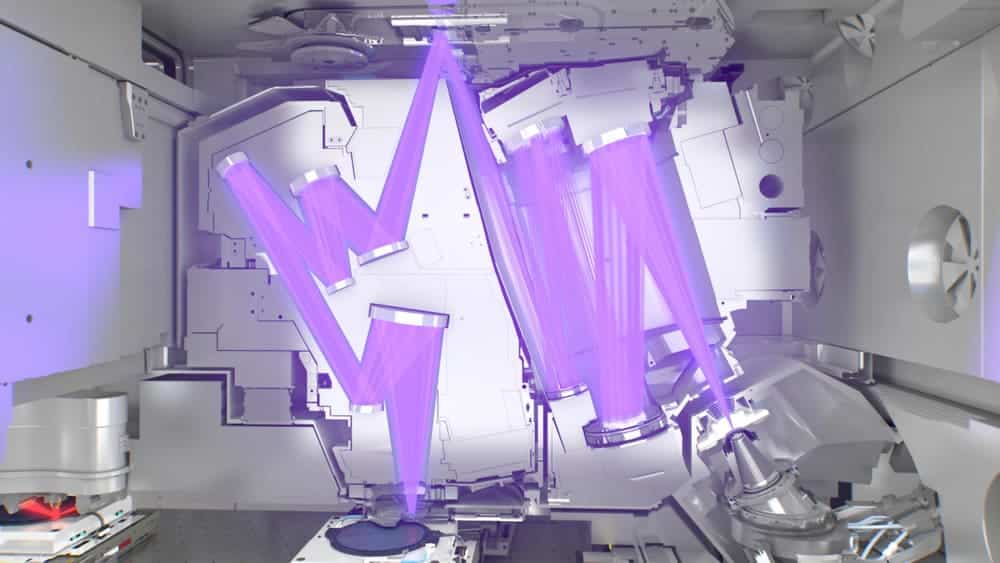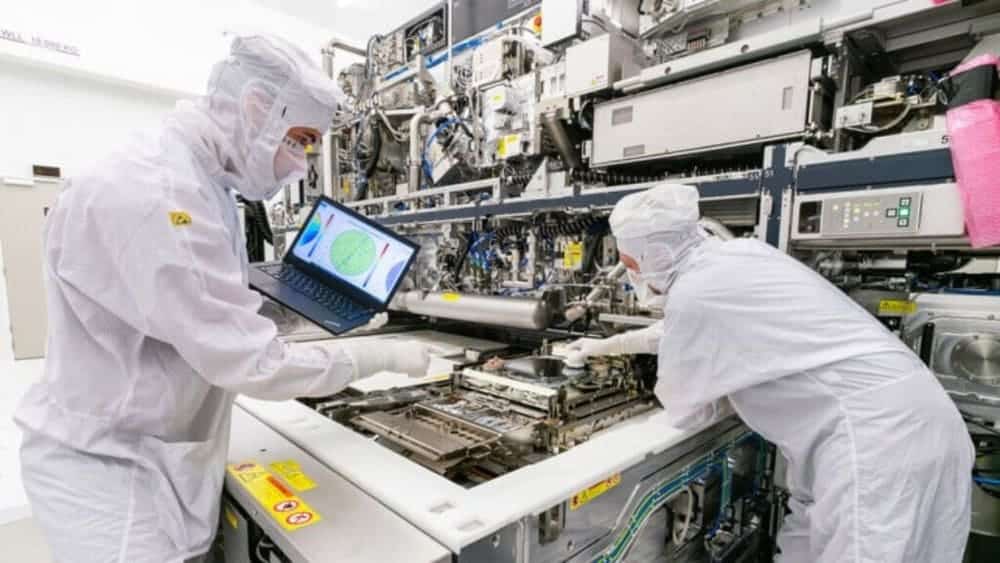A rivalry between SMIC and ASML: at the heart of the technological battle
Since 2014, China has intensified its investments in the semiconductor sector, with the aim of achieving technological independence from the United States. A massive new investment plan of $41 billion was recently announced. Behind this impressive sum, a strategic goal: to strengthen the capacities of Chinese giants such as SMIC to reduce their dependence on American and European suppliers.
However, China faces a major obstacle: access to cutting-edge lithography technologies, dominated by the Dutch company ASML, which enjoys the support of the United States and other Western allies. ASML controls an overwhelming share of the market for advanced photolithography equipment, essential for manufacturing the latest generation chips. This dependence is forcing China to invest massively to catch up, by helping local companies like SMIC, Hua Hong Semiconductor and Naura Technology to develop their own solutions.

The Huawei affair: a challenge to American sanctions
The Sino-American confrontation over semiconductors has reached a decisive milestone with the launch of the Huawei Mate 60 Pro smartphone. This model, equipped with a 5G processor developed and manufactured in China, symbolizes technological resistance in the face of American sanctions. With this product, Huawei has proven that China can advance technologically despite the restrictions imposed by Washington.
The development of these technological capabilities goes beyond the economic framework and has a geopolitical dimension: dominating the semiconductor supply chain would allow China to strengthen its autonomy and direct its international relations. By unveiling the Mate 60 Pro, Huawei has therefore signaled a paradigm shift, revealing a China ready to challenge the established order when it comes to cutting-edge technology.

ASML leads the race with the new generation of lithography
To maintain their lead, Western players do not remain inactive. ASML, the leader in lithography, recently launched the development of its next generation of EUV machines, the High-NA systems. This cutting-edge equipment, which should be available by the middle of the decade, will make it possible to produce even more advanced chips, with increased precision for circuits of the order of a few nanometers. This technology, essential for the next generations of semiconductors, represents a colossal investment of $300 million per machine.
Faced with this innovation, China remains behind despite the billions invested in lithography research. Western chipmakers, equipped more quickly with these new machines, will likely maintain a lead in ultra-advanced semiconductor technologies, allowing them to dominate future applications in artificial intelligence, 5G and other strategic sectors.
In short, the technological struggle between the United States and China goes beyond the simple industrial framework. Semiconductors have become a real issue of sovereignty, and the decisions taken today by both camps will draw the geopolitical map of tomorrow.
Get IPTV Free Trial Now